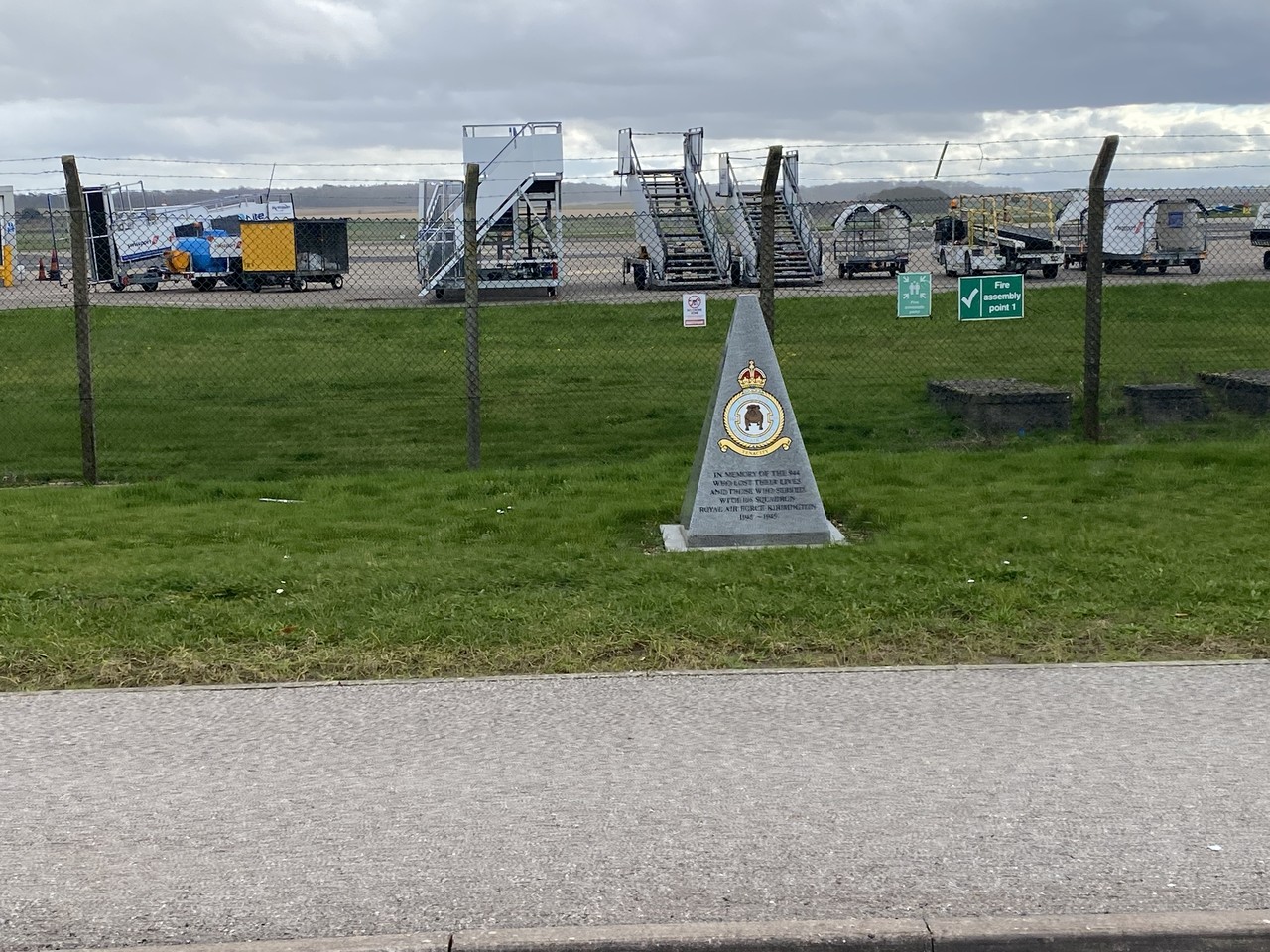The airfield consisted of three main concrete runways connected by a perimeter track. The bomb stores for the airfield were located to the south, whilst the accommodation for personnel consisted of camp sites dispersed around Kirmington village.
The airfield officially opened in January 1942 and saw the arrival of No. 150 Squadron with their Wellington bombers that same month. They only stayed for a short period before most of the squadron flew to Africa to take part in the campaign there. On 19 December 1942, they were joined by the remainder of No. 142 Squadron, who had mostly also flown to Algeria.
On the 27 January 1943, the two remaining elements of No. 150 and No. 142 Squadrons merged to form a full-strength squadron, No. 166 Squadron. The squadron initially still used their Wellingtons, but switched to Lancasters a few months later. After participating in the bomb raids on German cities and dropping supplies over the Netherlands on 7 May 1945, the squadron was disbanded on 18 November 1945.
The airfield was abandoned, and the land returned to agricultural use until 1966. The site was then chosen for redevelopment and the creation of Humberside International Airport, as it is called now. A memorial to No. 166 Squadron was erected within the airport grounds, close to where the terminal and perimeter fence used to be.
